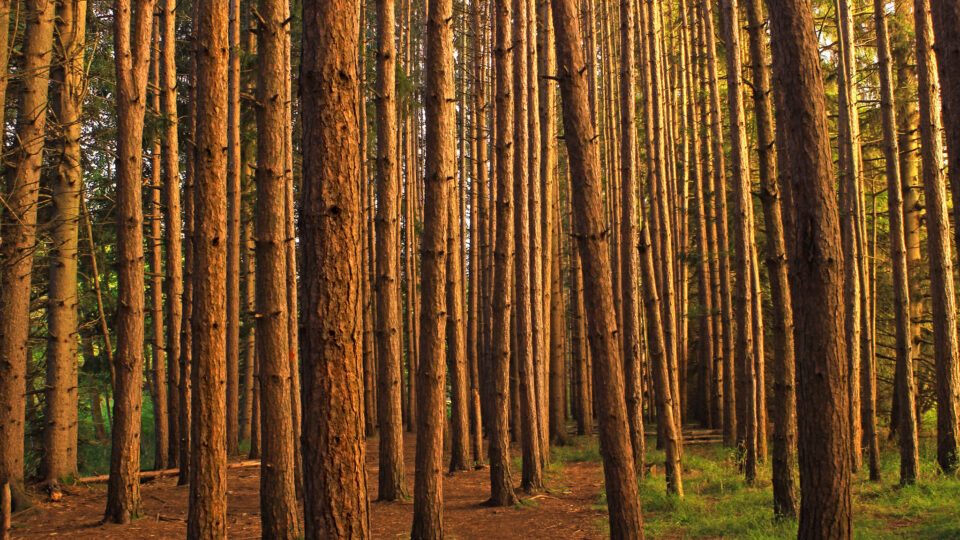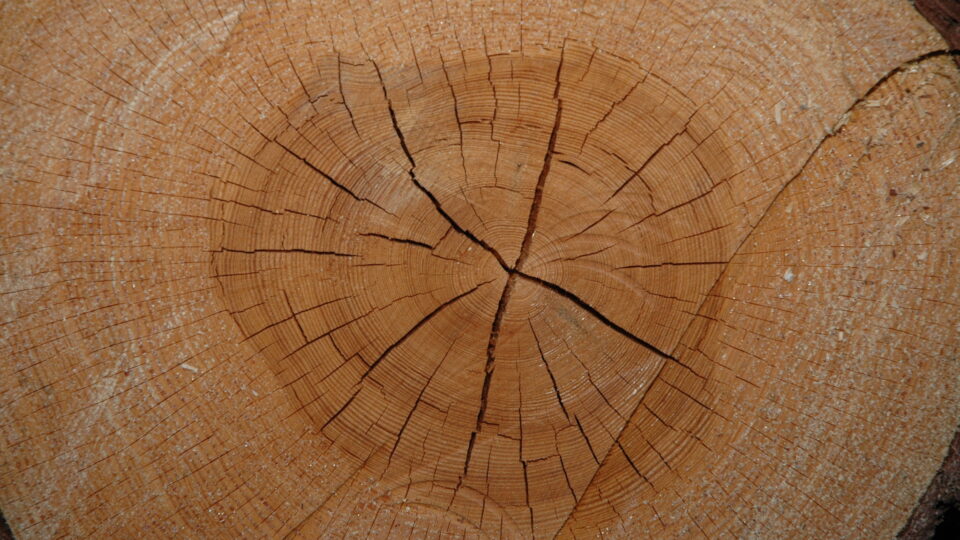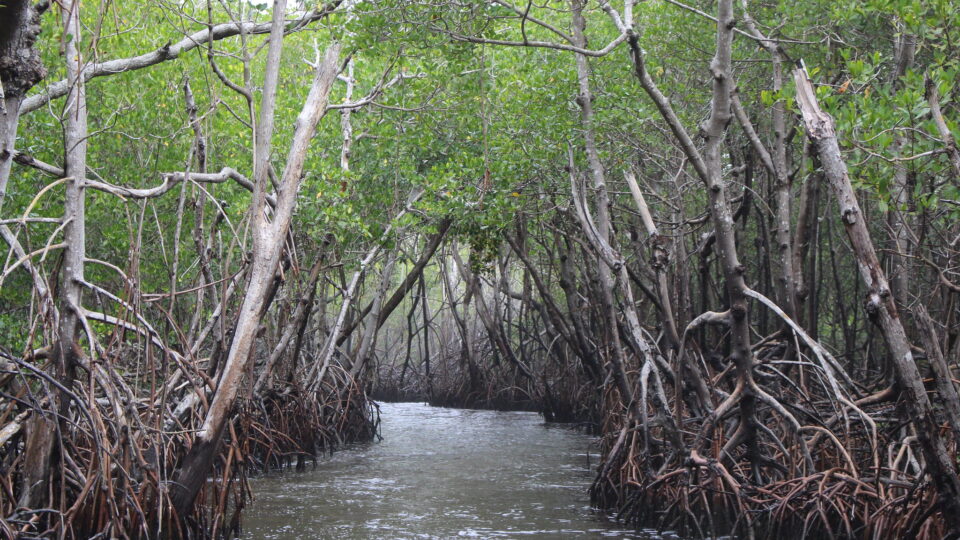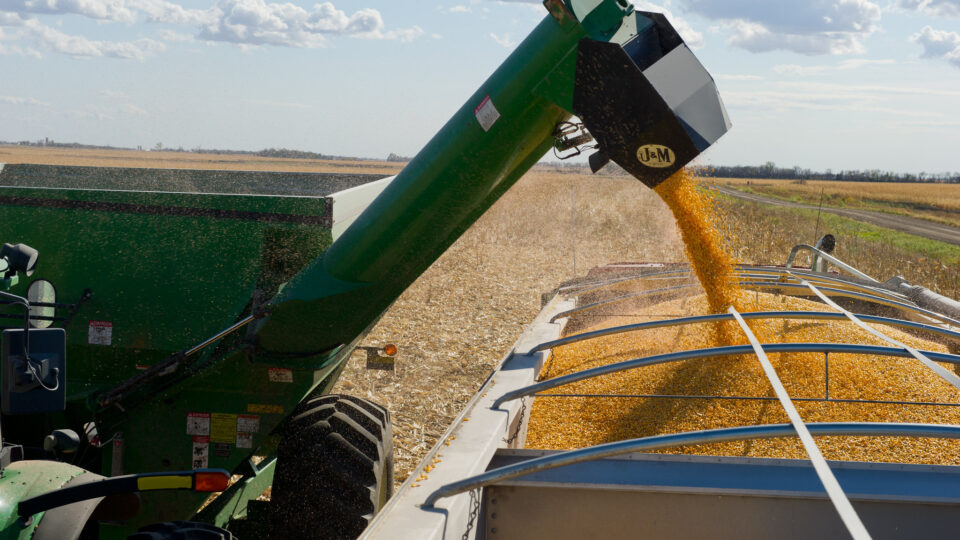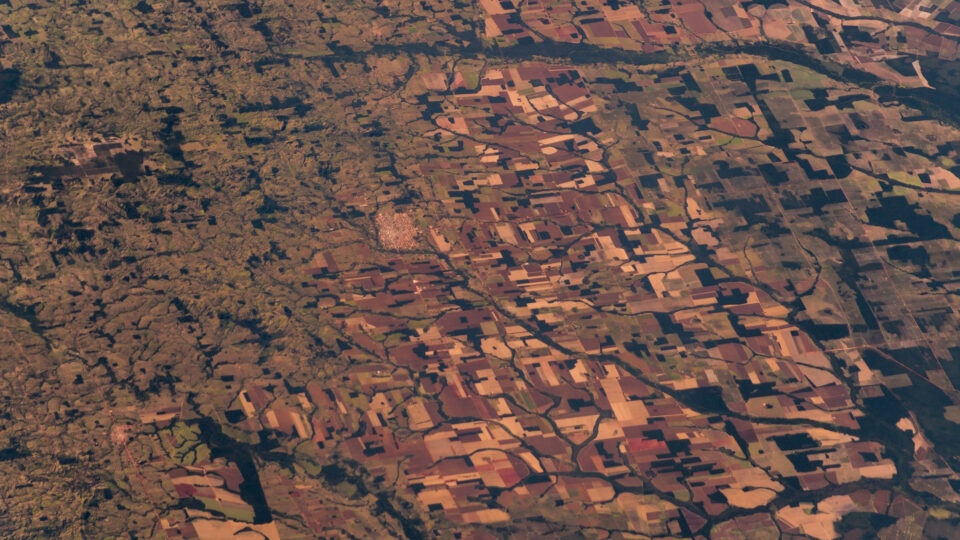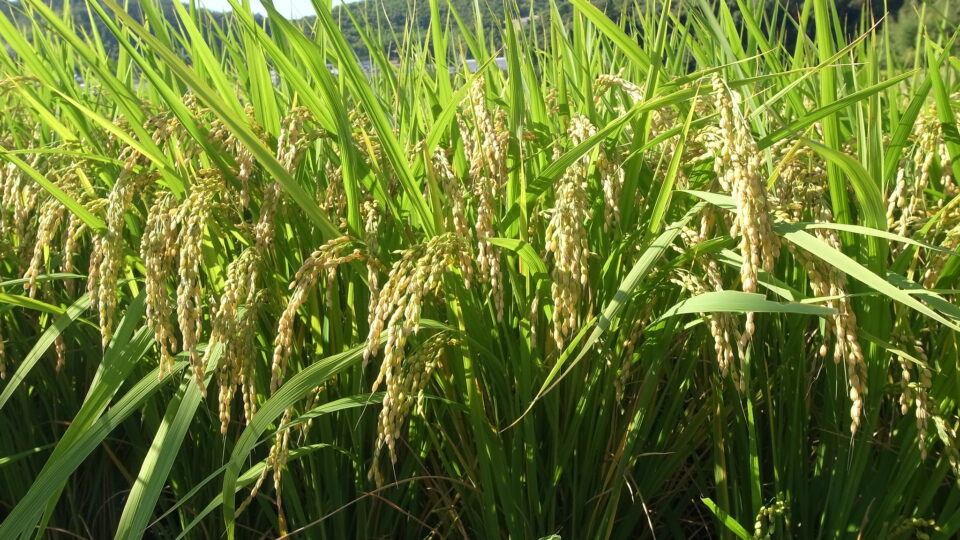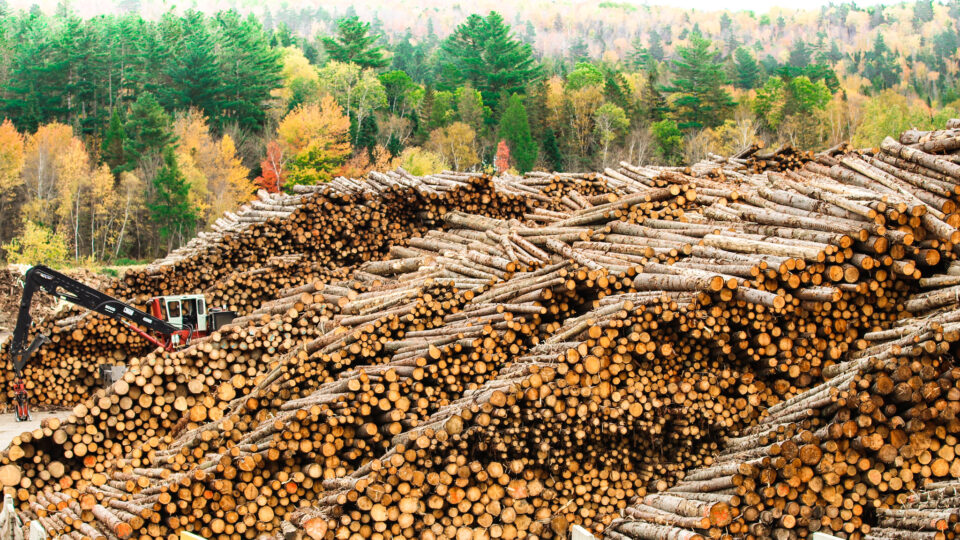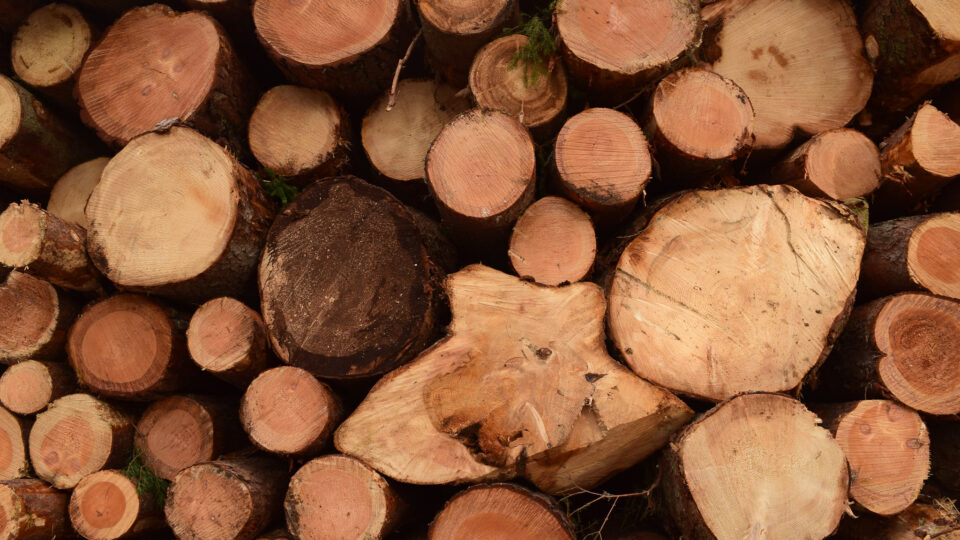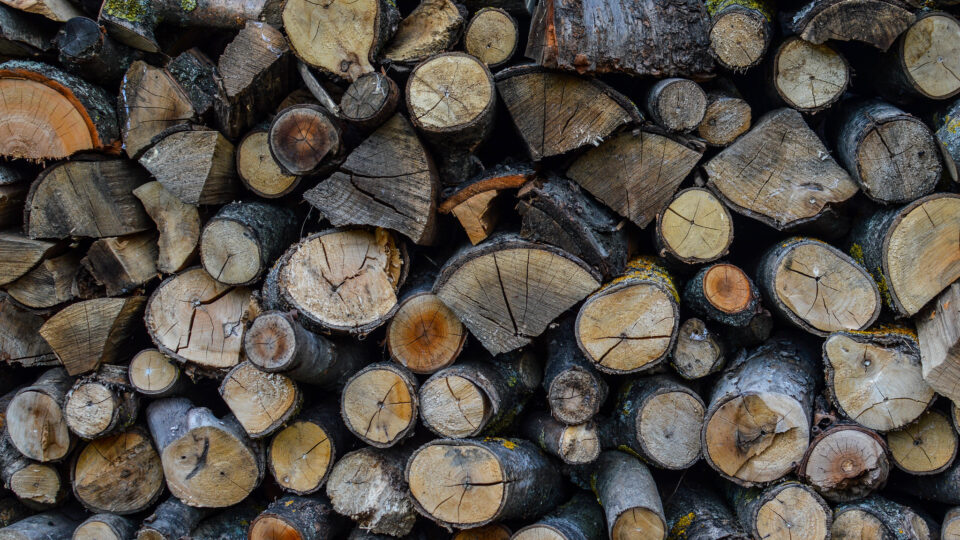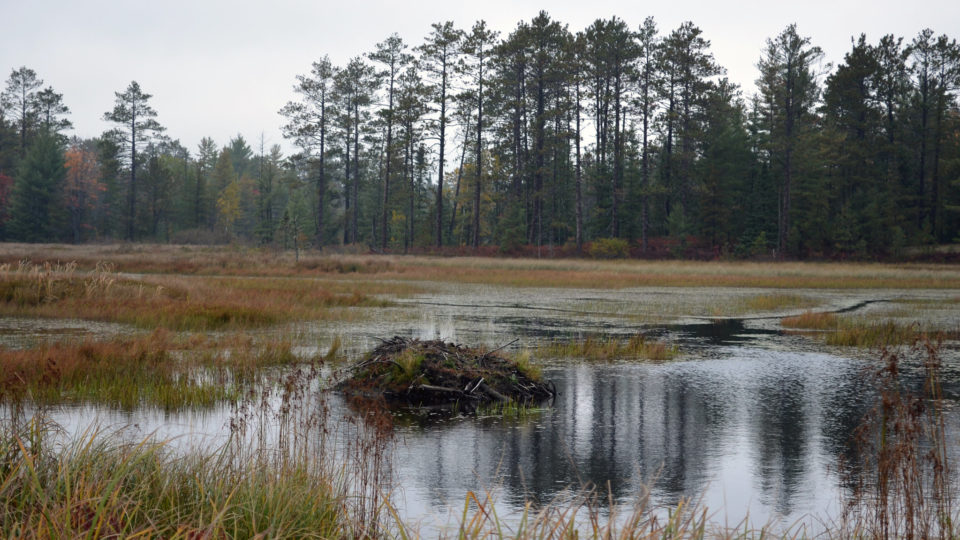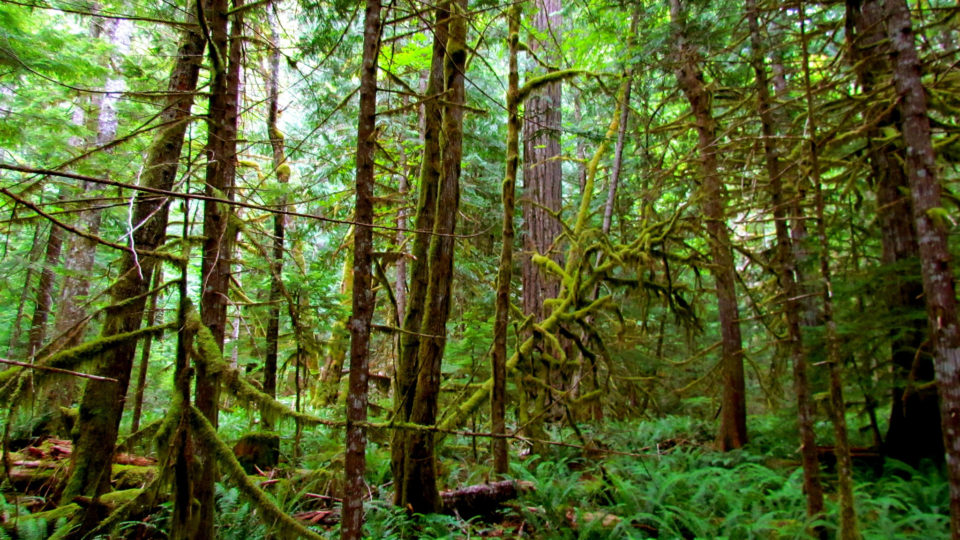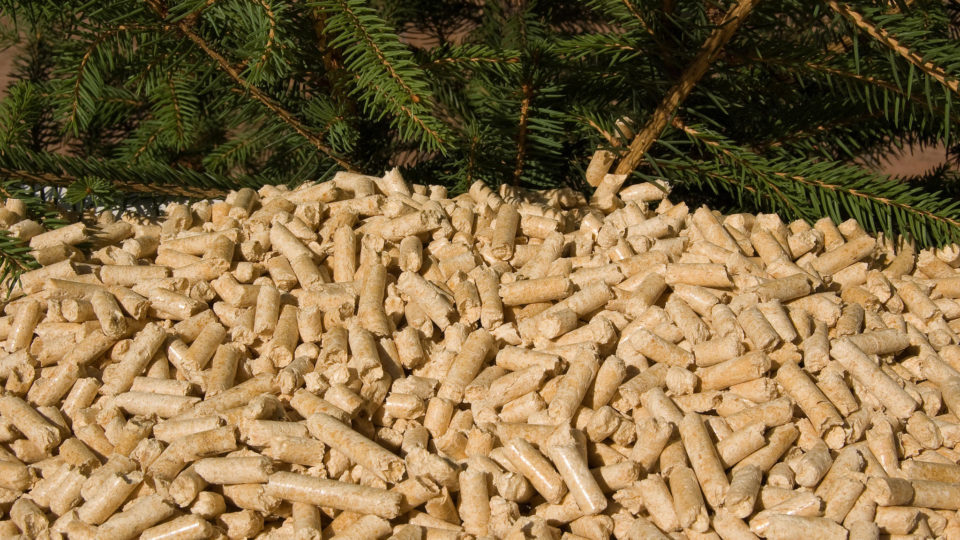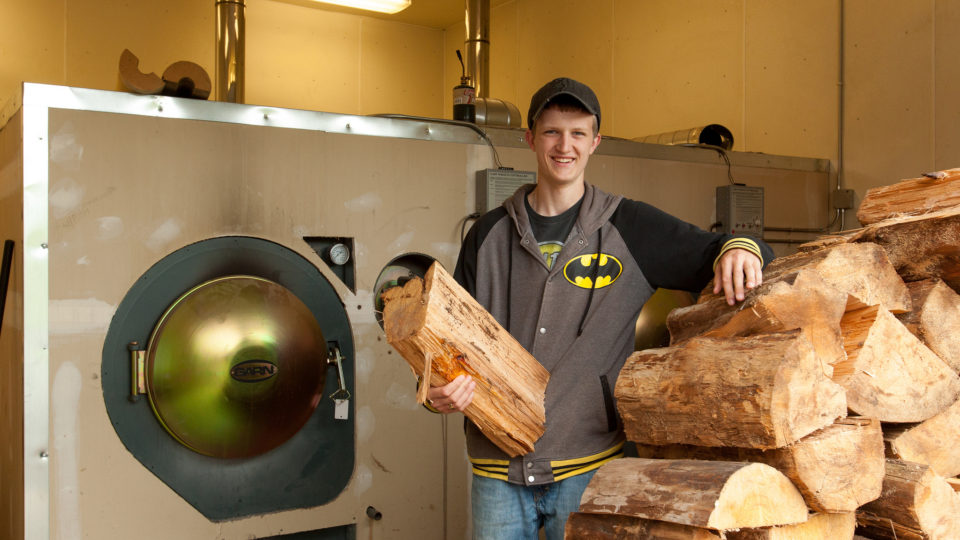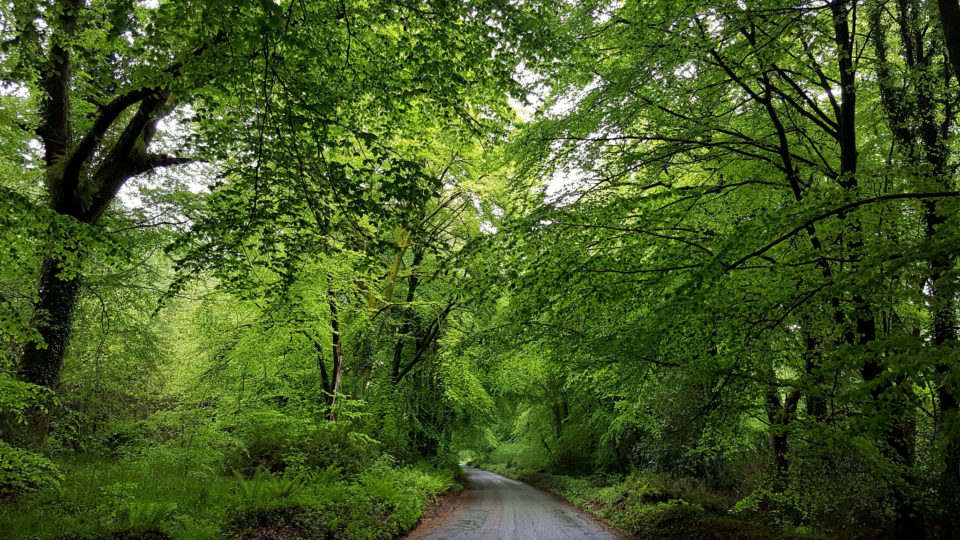California is a state known for its aggressive climate policies. However, and rather ironically, California is also the nation’s greatest emitter of one little-known greenhouse gas: sulfuryl fluoride.
Sulfuryl fluoride is one of the few treatments to rid buildings of drywood termites, a common regional pest that can be found in wooden structures. Sulfuryl fluoride is also used at shipping ports to destroy pests before they can hitch a ride to another part of the world.
But sulfuryl fluoride is also a greenhouse gas that’s several thousand times more effective than carbon dioxide at trapping heat in the atmosphere.
According to a new study by researchers from Johns Hopkins University, as much as 17% of global emissions of this gas stem from the U.S., and the majority of those emissions can be traced back to just a few counties in Southern California. In fact, the research team found 60-85% of sulfuryl fluoride emissions in the U.S. come from California, primarily Los Angeles, Orange, and San Diego counties.
In the paper, which was recently published in the journal Communications Earth & Environment, the researchers attribute approximately 85% of the state’s sulfuryl fluoride emissions to structural fumigation. Structural fumigation is the practice of sealing an infested structure, pumping this gas into it to kill pests, and then releasing the gas into the atmosphere. The other 15% of emissions come from agricultural and commodities fumigation.
Without some form of intervention, the research team warns that sulfuryl fluoride will continue to accumulate in the atmosphere, where it can linger for more than 40 years.
**********
Web Links
Researcher sheds light on the main source of a rare but destructive greenhouse gas
California leads U.S. emissions of little-known greenhouse gas
It is very important to save nature in California and we happy that Michael / Armchair Builder via Flickr.Earth Wise is a production of WAMC Northeast Public Radio


